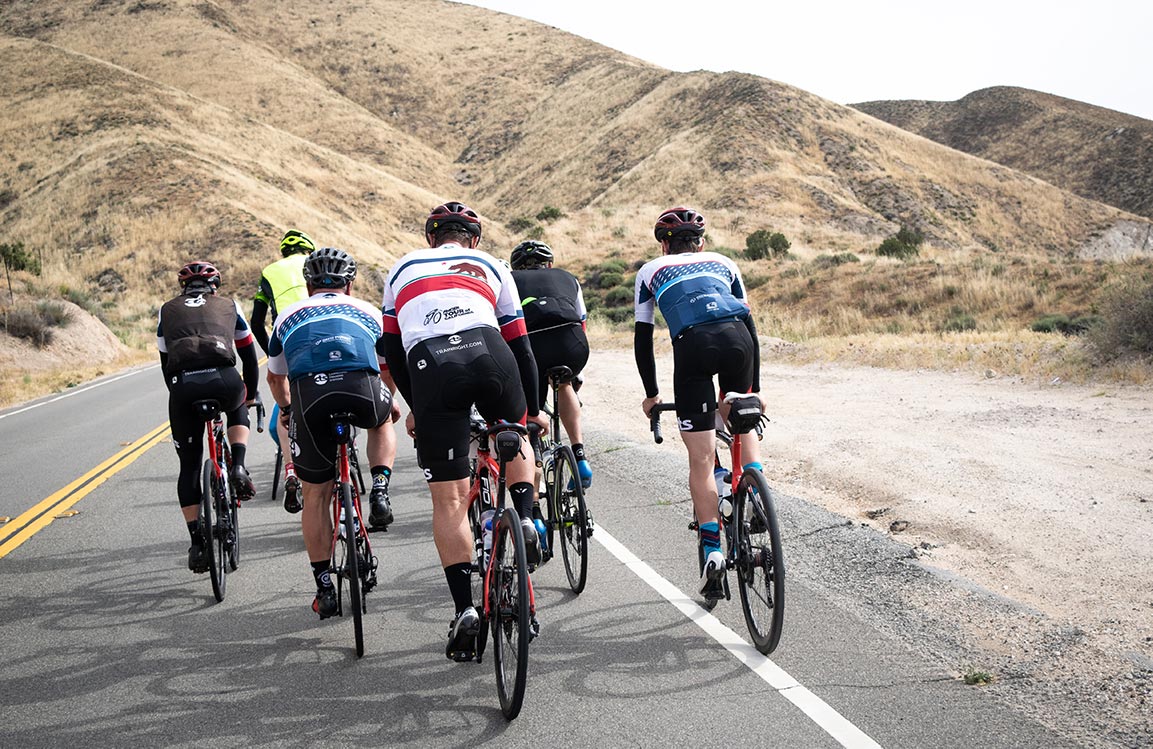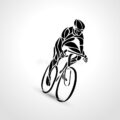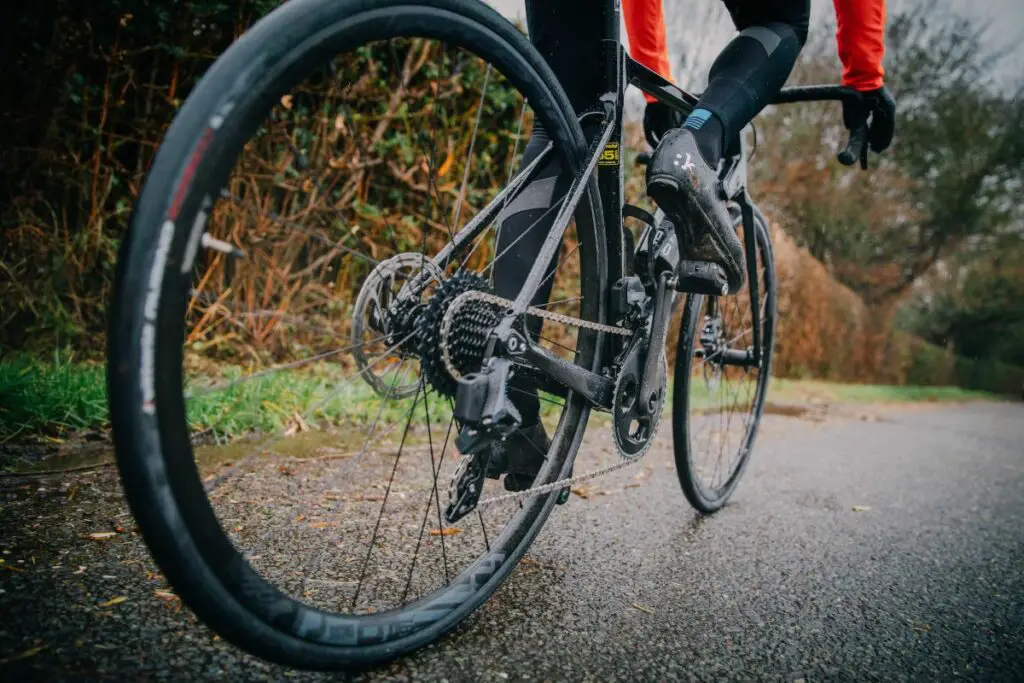Tips for cycling in the wind
One of the worst things that can happen to a cyclist is to get psyched out for a ride only to realize the wind is gusting and howling outside.
It is difficult to ride against the wind since Cycling in the wind has been known to cut cycling speeds by up to a half, especially for any winds above 20 or 30 mph. This means cyclists need to work harder to achieve the same speeds or power output.
While it can be discouraging to hear the wind howling at between 20-30 mph when you are about to head out, it does not have to mean that you have to cancel your riding session.
There are several things you can do to counteract strong winds and still ride your bike that include:

Work with the wind
If the wind certainly changes speed while you7 are already out on the ride, you can increase your cadence to increase your pace so that the headwind will not stop you when it hits hard.
Another benefit of such a strategy is that it will also keep your legs fresh. Another effective way of working with the wind is by cycling into headwinds or cycling with a tailwind.
Ride in a Group
Professional cyclists at the Tour de France and the Olympics usually ride in a Peloton which significantly reduces drag from the wind. By riding in a group, cyclists can reduce how much effort they need to overcome air resistance by drafting. This is even more so when they are cycling in windy conditions.
Cyclists need to rotate positions so that the person at the front is always changing to ensure no one riders get to battle the wind for too long which can tire them out.
Ride on the Drops for Aerodynamic Effects
If you are riding alone or it is your turn to ride in the front of the Peloton or group, riding on the drops will make you more aerodynamic as it presents a smaller profile that cuts easier through the wind.
If you are riding a bike with drop bars tuck in as low as possible with your back flat to get the maximum benefits of aerodynamic riding.
Plan Your Ride Well Beforehand
Make use of the weather forecasts and plan the ride accordingly. If you learn that the wind will pick up later you can wait for it to drop before heading out. You can also go with a route that allows you to cycle into headwinds so that you can come back with a tailwind when your legs are tired.
If it is very windy you should go with a route with light traffic to reduce the chances of dangerous wobbles if you are hit by gusts on the roads
Dress Appropriately
The weather will usually change at a moment’s notice when it is very windy and cyclists need to prepare adequately otherwise they may find themselves soaked to the skin.
If there is any possibility of rain it is critical to carry along a jacket or else layer clothing to protect themselves from the cold. A gilet will usually help protect cyclists from the cold, provide protection from the rain, and also prevent overheating.

Beware of any Changes in the Wind
As the wind changes direction or as your route twists and turns it is critical for cyclists to keep their wits around them. Cyclists need to be aware of crosswinds particularly when they come out of protection accorded by their surroundings or as the wind changes direction.
Cyclists particularly need to be careful as they pass hedgerows or trees as these are potential areas where they can be hit by crosswinds.
Swap Out Aero Wheels for Shallower Wheels
While it does seem counterintuitive cyclists are better off with shallower wheels rather than the deep section aero wheels and rims. The latter are more susceptible to high winds and especially crosswinds and they may make the bike susceptible to getting blown off the road even if they make your ride faster.

Use the Turbo at Home
Sometimes riding in high winds, particularly winds in excess of 20 mph or anything that makes the trees sway is a dispiriting experience or just plain dangerous. If you believe the winds are too high which could be anything greater than 30 mph use the smart turbo trainer at home which will provide a whole range of virtual experiences without endangering yourself.
You can always determine if it is too dangerous to ride by considering things such as:
- How strong are the wind gusts particularly when looking at infrastructure and local topography both of which could strengthen and channel the wind making it very dangerous?
- Windblown debris such as falling branches and flying slates when found on the road means the winds are too high and you should avoid riding given that it is too dangerous.

